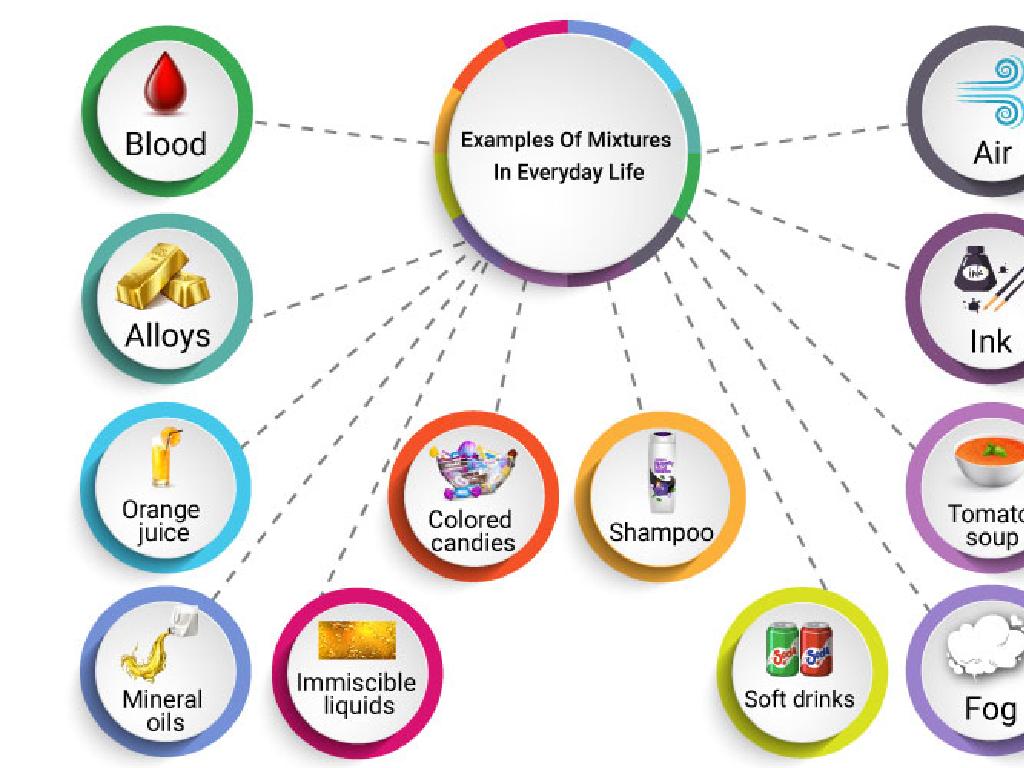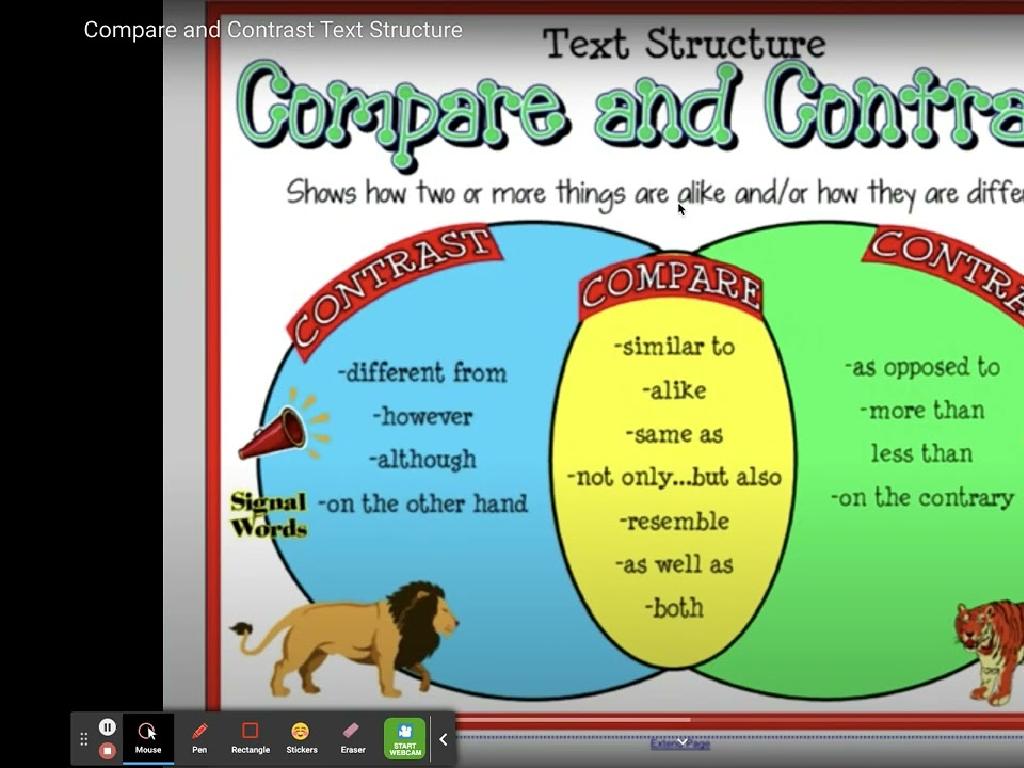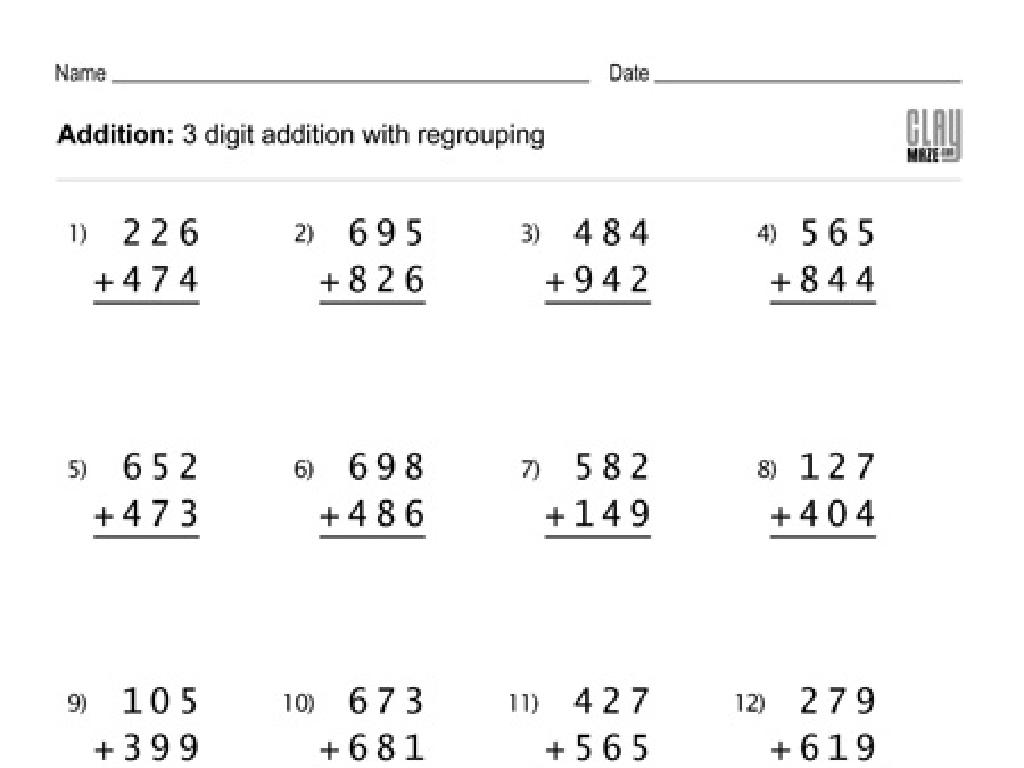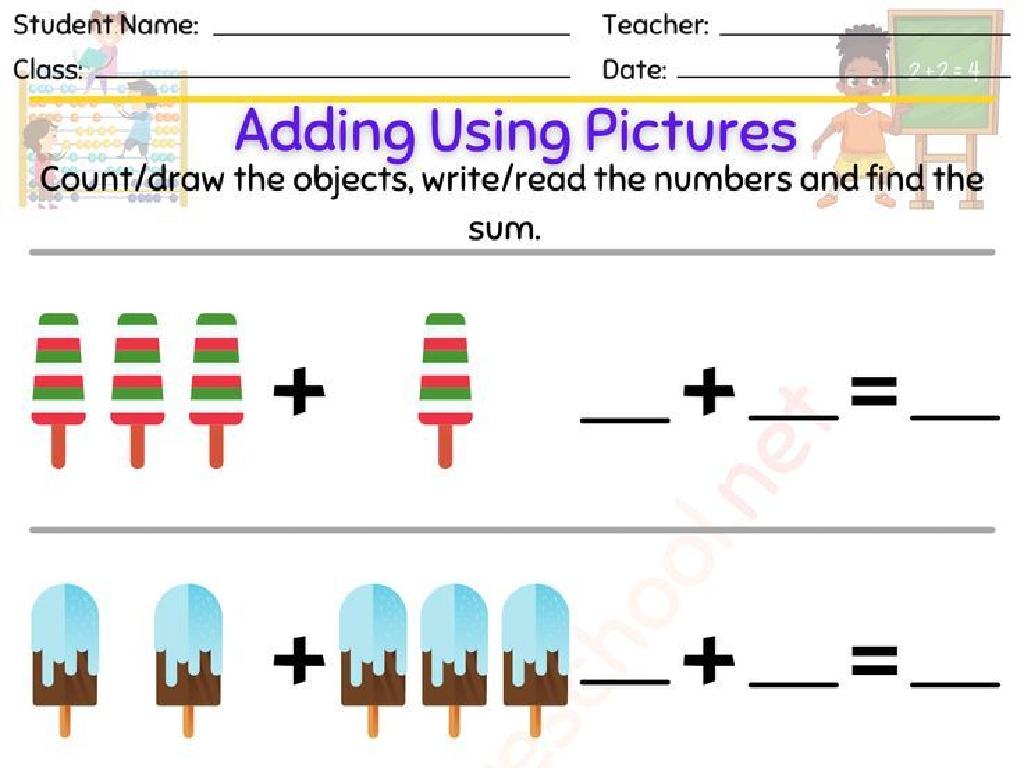Identify States Of The West
Subject: Social studies
Grade: Fourth grade
Topic: States
Please LOG IN to download the presentation. Access is available to registered users only.
View More Content
Exploring the Western States
– Journey to the Western states
– Learn locations and features
– Mountains, coastlines, and deserts define the West
– Discover the West’s uniqueness
– Home to diverse cultures and major landmarks
– Importance of state knowledge
|
This slide introduces students to the Western region of the United States, aiming to spark interest in the geographical and cultural diversity of the area. Emphasize the varied landscapes, from the Rocky Mountains to the Pacific coastline, and the deserts in between. Highlight the significance of understanding the characteristics that make each state unique, such as the cultural influences, historical sites, and natural wonders. Discussing the importance of state knowledge helps students appreciate the vastness and variety of their own country, fostering a sense of curiosity and national identity. Encourage students to think about what makes their state special and how it contributes to the country as a whole.
What Makes a State?
– Understanding states and formation
– States are areas with their own rules and leaders
– States’ unique governments and symbols
– They have flags, birds, and a unique past
– Every state has a capital
– It’s where the leaders work and make laws
– Capitals: hubs of government
|
This slide aims to introduce students to the concept of a state as more than just a piece of land on a map. It’s important to convey that each state has its own set of laws, government, and symbols that represent its heritage and identity. The capital of a state is not just a city; it’s the central location where the state government conducts its business. Use examples of state symbols that the students might recognize, such as the state bird or flower, and discuss why capitals are important. Encourage students to think about their own state’s government and symbols to make the information more relatable and memorable.
Exploring the Western States
– Locate Western states on a map
– Discover the meaning behind state flags
– Each flag has symbols representing the state’s history and values
– Discuss the West’s diverse geography
– Mountains, deserts, and coastlines make the West unique
– Explore the climate of the Western states
– From rainy forests to dry deserts, the West has varied climates
|
This slide aims to introduce students to the Western region of the United States. Start by showing a map and helping students identify each Western state. Then, discuss the state flags, emphasizing the symbols and what they represent about the state’s history and values. Move on to the geography of the West, pointing out the variety from mountains to deserts to coastlines. Lastly, talk about the different climates found in the West, such as the rainy areas of the Pacific Northwest and the arid deserts of the Southwest. Use visuals like maps and flags to make the learning interactive and engaging. Encourage students to share any personal experiences or knowledge related to these states.
State Capitals in the West
– Match states with capitals
– Can you find the capital of California?
– Discover fun state capital facts
– Did you know Denver is exactly one mile high?
– Learn capitals’ roles in the U.S.
– They’re centers for government and history.
– Interactive map activity
|
This slide is aimed at helping students identify and match the capitals of Western states. Provide a map with states and capitals for an interactive matching activity. Share interesting facts about each capital to make the learning process enjoyable, such as unique geographical or historical aspects. Discuss the significance of state capitals as hubs of state government, culture, and history. Encourage students to think about what makes their own state capital special. For the interactive map activity, consider breaking the class into groups and having each group work on different regions, then share their findings with the class.
Exploring State Symbols of the West
– Every state has unique symbols
– Discover Western states’ symbols
– Learn symbols like the state flower or bird
– Understanding the choice of symbols
– States choose symbols that have historical or cultural significance
– Symbols reflect state’s identity
|
This slide introduces students to the concept of state symbols and their importance. Each state in the U.S. has a set of symbols, such as a state bird, flower, or tree, that represents its unique identity and heritage. When discussing the Western states, focus on symbols that are representative of their natural environment, history, and culture. Explain how these symbols are chosen because of their significance to the state. For example, the California poppy is the state flower of California and is native to that region. Encourage students to think about what symbols they would choose for their own state and why. This activity will help them understand the diversity and individuality of each state within the U.S.
Famous Landmarks of the Western States
– Explore famous Western landmarks
– Significance to culture & history
– Landmarks tell stories of the past and present of the West
– The Golden Gate Bridge
– A marvel of engineering in San Francisco
– Grand Canyon & Mount Rushmore
– Natural wonder in Arizona & presidential tribute in South Dakota
|
This slide aims to introduce students to the iconic landmarks located in the Western United States and their importance to American culture and history. Discuss how landmarks like the Golden Gate Bridge represent human achievement and innovation, while natural formations like the Grand Canyon showcase the unique geography and natural history of the region. Mount Rushmore is a symbol of national pride, featuring the faces of four U.S. presidents. Encourage students to think about what these landmarks might tell us about the people and the historical events of the West. This discussion can lead to a deeper understanding of the diverse cultural and historical landscape of the United States.
Class Activity: Mapping the Western States
– Pair up for a mapping quest
– Label each Western state on the map
– Mark the capitals
– Add a state symbol
– Choose a symbol like the state flower or bird
|
This activity is designed to help students identify and locate the Western states of the U.S. along with their capitals and symbols. Divide the class into pairs to encourage teamwork. Provide each pair with a blank map of the Western United States. Students should use atlases or online resources to find the correct placement for each state. Encourage them to also label the capital city of each state. Additionally, ask them to research and add one symbol for each state, such as the state flower or bird, to their map. This will help them associate unique characteristics with each state. Possible variations of the activity could include using different symbols, creating a legend for their map, or presenting their findings to the class.
Wrapping Up: The Western States
– Review of Western states
– Importance of regional knowledge
– Knowing regions helps understand our nation’s diversity and geography.
– Think of questions for next class
– Reflect on what we’ve learned
– Let’s recap the states and their unique features we discussed.
|
As we conclude today’s lesson, we’ll revisit the key points about the Western states of the U.S. It’s crucial for students to recognize the significance of understanding different regions, as it contributes to their comprehension of the country’s cultural and geographical diversity. Encourage the students to reflect on what they’ve learned and to come up with questions they might have, fostering curiosity and engagement for the next class. This reflection and questioning will help solidify their knowledge and prepare them for further learning about the United States.






